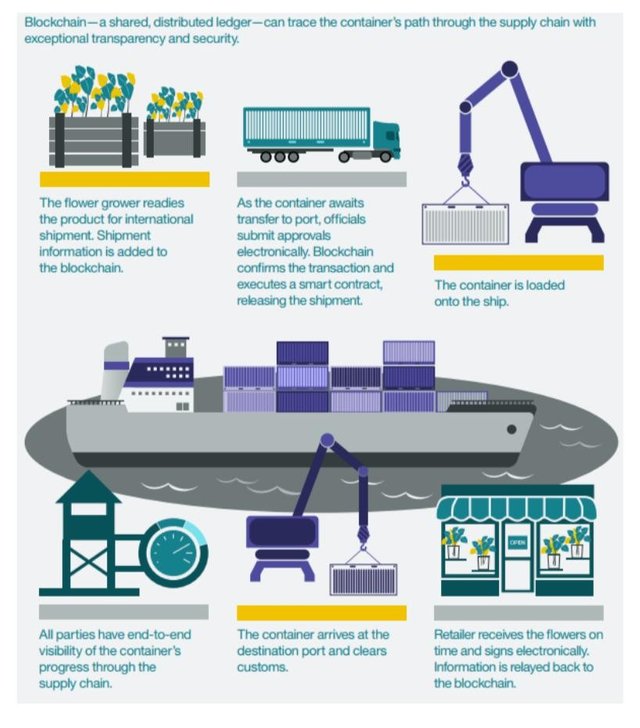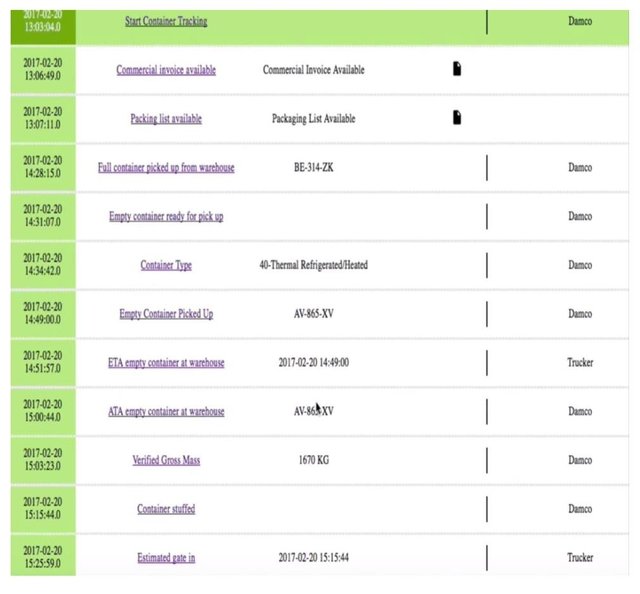Rising Above the Hype: Real DLT Use Case with Hyperledger and IBM
Introduction
As a continuation to the on-going topic of DLTs, its “sub-set” Blockchain and the applications of each, let us get into some real world use cases and see how Private Distributed Ledgers, inspired by the mechanics of Blockchain technology, can cater to the market that blockchain based public databases cannot necessarily cover. These use-cases sometimes stimulate an integration and collaboration with technologies of different paradigms, such as IOTs, AI, etc., to provide solutions that are at least several orders of magnitude better than the previous one.
Hyperledger and IBM Watson
Hyperledger is a consortium, of sorts, starred by the Linux Foundation, to look into Blockchain technology and it’s applications. It has been endorsed by several enterprises that are looking to make most of the growing trends; IBM, Intel, SAP among others. The general aim of the Hyperledger Project is to develop enterprise-based blockchain solutions, with a focus on developing cross-industry collaboration frameworks.
The IBM Watson is a QA based natural language platform developed in-house by IBM. IBM Watson’s difference from a traditional search engine is that a search engine merely does a quick scan of relevant keywords or data, while the Watson QA platform does a natural language deep analysis of the data put, and tries to reason out a detailed and precise answer. The Watson platform also has the distinguished honor of being the greatest player of the American reality TV show Jeopardy!, beating two of its most legendary players. One of the application built onto the IBM Watson platform is the IBM Watson IoT, that integrates realtime Internet-of-Things data communication, data analysis and reasoning with the Watson, to perform precise machine-to-machine or machine-to-human data requests.
In March, 2017 Maersk was chosen to be the platform to beta test one of the first real world application of a supply chain based DLT developed by Hyperledger in collaboration with the IBM Watson IoT. The test involved the combined effort of three separate enterprises and four different technological platforms to successfully implement a globalized digital cross-industry data communication mechanism.
Kenya to Netherlands on the Blockchain
A Florist from the in-skirts of Kenya was chosen for the process. An IoT device was placed within the container that held the florist’s shipments to The Netherlands. The IoT device was placed to ensure timely updates on the whereabouts and condition (temperature, position, freshness, etc.) of the shipment. With the information provided by the IoT device, the shipment company (Maersk) and the end consumer, Watson IoT was able to check all the formalities involving cross-border goods transfer. Hundreds of hours of paper work (Bills of Lading, Letter of credits, Export Licenses, etc.), manual inventory management, banking communications (between the Bank of Holland and the Bank of Kenya) and inter-jurisdictional formalities (Between Kenya and The Netherlands) were instantly automated, to ensure a friction-less goods transfer process. Conventional mechanism of goods transfer proves to be severely inefficient when compared to the test carried out by IBM and Hyperledger.
Since then, IBM has started offering this as an enterprise solution to all industries globally under the IBM Watson banner starting from a range as low as $500. “IBM Watson IoT Platform ingests device data and transforms that data info into meaningful insights”, says the official website of the Platform.
Conclusion
It is quite clear among open-minded enterprises about the efficiencies that a blockchain inspired platform can bring in, along with ensuring globalized reach. What should also be noted is how a platform formed on the lines of a distributed ledger is able to integrate and stimulate several other technologies to function hand in hand. Since the Internet 2.0 wave, Internet-of-Things has been poised as the next great advancement in Internet data communication, but wasn’t as outperforming as most would have expected. Paraphrasing Don Tapscott, “The Internet-of-Things needed a Ledger-of-Things”, meaning that IoT platforms lacked a dated base protocol that stimulated efficient in machine-to-human and machine-to-machine communication.
Similarly, Blockchains and DLTs have also been experimented with Artificial Intelligence to develop innovative solutions to unquestioned problems, which ultimately bring in a new wave of efficiency, several generations better than the one it is replacing.
- SB
ReverseAcid Monthly Recap
Crypto Analysis Series
- Part 1 - Basic Attention Token and How It's Revolutionizing the Internet
- Part 2 - Golem Network Token as a Potential Giant Killer
- Part 3 - Augur and the Future of Decentralized Predictions Markets
- Part 4 - Dogecoin - Such Meme, Much Value
Previous posts:
- Current Scenario of the Global Stock Market: A Detailed View Into Major World Indices
- Giving in to Your Fear: Does the Current Market Warrant this Magnitude of FUD?
- DLT, Blockchain, and Cryptocurrencies: What it all Means for FinTech and More
- Confidence Crisis: HODL on to Your Horses
- Bitcoin Technicals: In Depth Breakdown of the Current Move
- The Scalability Trilemma
- Online Retailer’s Incentives for using cryptocurrencies as a medium of exchange
- Bearish Sentiment is Almost Gone: Bitcoin Technical Breakdown - 21 November 2018
About Reverse Acid
Be a part of our Discord community to engage in related topic conversation.~
Follow our Instagram page for timely market updates~


Thank you for using Resteem & Voting Bot @allaz Your post will be min. 10+ resteemed with over 13000+ followers & min. 25+ Upvote Different account (5000+ Steem Power).
Congratulations @reverseacid! You have completed the following achievement on the Steem blockchain and have been rewarded with new badge(s) :
Click here to view your Board
If you no longer want to receive notifications, reply to this comment with the word
STOPTo support your work, I also upvoted your post!
Do not miss the last post from @steemitboard: